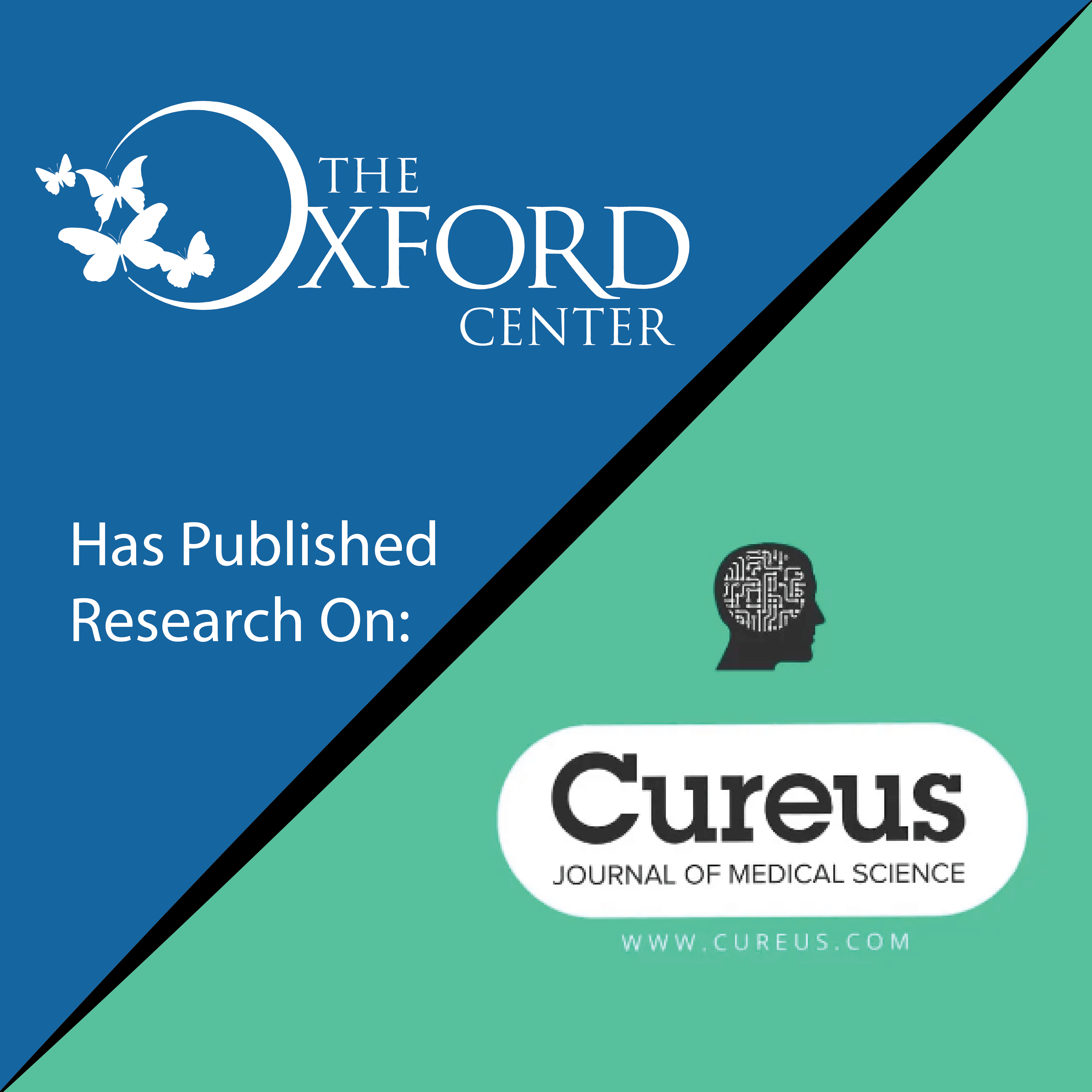Impacts of Hyperbaric Oxygen Therapy (HBOT) on Verbal Scores in Children with Autism: A Secondary Analysis of the HBOT Trial Using Multivariate Analysis of Variance (MANOVA)

Exploring the Impact of Hyperbaric Oxygen Therapy on Verbal Milestones in Children with Autism
At The Oxford Center, we continually strive to advance the understanding of treatments that can improve the lives of children with autism. Recently, our team’s groundbreaking study was published in the Cureous Journal of Medicine, providing new insights into the potential benefits of Hyperbaric Oxygen Therapy (HBOT) when used alongside Applied Behavior Analysis (ABA) therapy.
A Deeper Dive Into HBOT and Autism
The study involved 65 children with autism, treated at The Oxford Center’s Brighton and Troy locations between 2018 and 2021. These children were divided into two groups: one receiving only ABA therapy and the other receiving both ABA and HBOT. By re-analyzing data from two well-established tools for measuring verbal behavior—VB-MAPP and ABLLS—the study set out to understand whether combining these therapies could lead to greater improvements in verbal behaviors.
What makes this research particularly exciting is the use of advanced statistical techniques to validate and reinforce the initial findings. Our secondary analysis employed both t-tests and Multivariate Analysis of Variance (MANOVA) to ensure the results were robust and reliable.
The Results: Confirming the Benefits of Combined Therapies
The outcomes were promising. The statistical analysis confirmed that children who received both ABA and HBOT therapy showed improved verbal scores compared to those who received ABA alone. These findings suggest that adding HBOT to traditional ABA therapy might offer additional benefits, particularly in helping children with autism reach critical verbal milestones.
Why This Matters
The journey for families navigating autism can be complex, and treatments that target developmental milestones are crucial. Verbal communication is one of the most important aspects of daily living, and improvements in this area can significantly impact a child’s quality of life.
This study adds to a growing body of research suggesting that HBOT, when used in combination with other therapies, might offer new hope for children with autism and their families. It highlights The Oxford Center’s commitment to cutting-edge treatments and personalized care that supports each child’s unique development.
As we continue our research and care practices, we are optimistic that combining ABA with therapies like HBOT will continue to yield positive results. We look forward to sharing more updates as our research progresses and hope to expand the potential for children with autism to reach their fullest potential.
Read more about our findings and the full study in the Cureous Journal of Medicine.